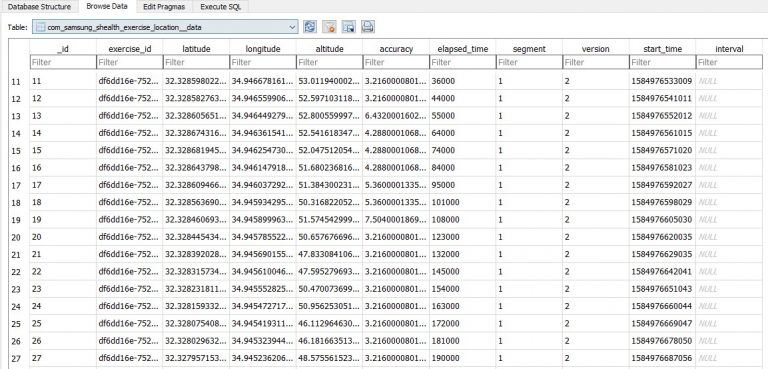

- GET THE RAM DUMP IMAGE USING QPST CONFIGURATION DRIVERS
- GET THE RAM DUMP IMAGE USING QPST CONFIGURATION PLUS
- GET THE RAM DUMP IMAGE USING QPST CONFIGURATION WINDOWS 7
This dump file type includes the following information: A history of these files is stored in a folder. This option requires a paging file of at least 2 MB on the boot volume and specifies that Windows 2000 and later create a new file every time your computer stops unexpectedly. Another kernel memory dump file (or a complete memory dump file) is created.Ī small memory dump records the smallest set of useful information that may help identify why your computer stopped unexpectedly.If the following conditions are true, the previous file is overwritten when the Overwrite any existing file setting is checked. But it omits only those parts of memory that are unlikely to have been involved in the problem. It's smaller than the complete memory dump file.
GET THE RAM DUMP IMAGE USING QPST CONFIGURATION DRIVERS

For more information, see Specify what happens when the system stops unexpectedly.Ī kernel memory dump records only the kernel memory. The Complete memory dump option is not available on computers that are running a 32-bit operating system and that have 2 gigabytes (GB) or more of RAM.In Windows 7, you do not have to use the DedicatedDumpFile registry entry to put a paging file onto another partition.In Windows 7, the paging file can be on a partition that differs from the partition on which the operating system is installed.Another complete memory dump (or kernel memory dump) file is created.If the following conditions are true, the previous file is overwritten.
GET THE RAM DUMP IMAGE USING QPST CONFIGURATION PLUS
If you select the Complete memory dump option, you must have a paging file on the boot volume that is sufficient to hold all the physical RAM plus 1 megabyte (MB). A complete memory dump may contain data from processes that were running when the memory dump was collected. Windows can generate any one of the following memory dump file types:Ī complete memory dump records all the contents of system memory when your computer stops unexpectedly. You can also configure Windows not to write debugging information to a memory dump file. The debugging information can be written to different file formats (also known as memory dump files) when your computer stops unexpectedly because of a Stop error (also known as a blue screen, system crash, or bug check). You can configure the following operating systems to write debugging information:
GET THE RAM DUMP IMAGE USING QPST CONFIGURATION WINDOWS 7
This article describes memory dump file options for Windows.Īpplies to: Windows 7 Service Pack 1, Windows Server 2012 R2 Original KB number: 254649 Summary


 0 kommentar(er)
0 kommentar(er)
